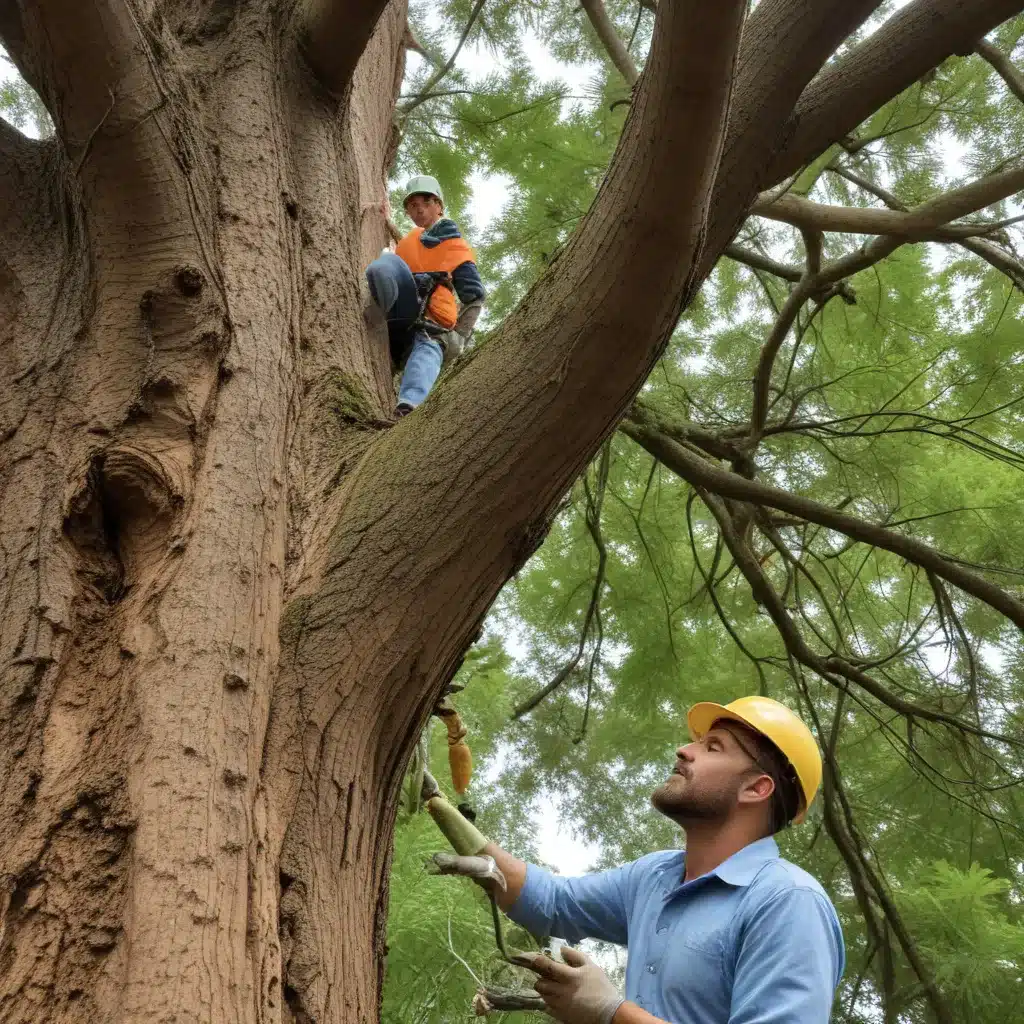
Preserving the delicate balance between environmental stewardship and the health of urban trees is a crucial challenge faced by TriCounty Tree Care and other professionals in the field of arboriculture. As awareness of sustainability grows, tree care providers must adopt eco-friendly practices that safeguard the ecosystem while ensuring the vitality and longevity of the trees under their care. This comprehensive article explores the key principles of sustainable tree management, the environmental implications of various tree care methods, and strategies for striking a harmonious equilibrium.
Environmental Considerations in Tree Care
Ecosystem Impact
Trees play a pivotal role in the intricate web of urban ecosystems, providing vital habitats for a diverse array of flora and fauna. The removal or mismanagement of trees can have far-reaching consequences on local biodiversity. Arborists must carefully assess the potential ecological impact before undertaking any tree care activities, considering factors such as the presence of nesting birds, pollinator-friendly understory plants, and the broader network of interdependent species.
Carbon Sequestration
One of the most significant environmental benefits of trees is their ability to sequester and store atmospheric carbon dioxide (CO₂), a primary greenhouse gas. Mature trees can absorb up to 48 pounds of CO₂ per year, making them invaluable allies in the fight against climate change. Sustainable tree care practices that prioritize the preservation and enhancement of the urban forest canopy can play a crucial role in mitigating the effects of global warming.
Biodiversity Preservation
Urban forests provide critical habitats for a diverse array of wildlife, from songbirds and small mammals to a myriad of invertebrates. Responsible tree care practices, such as selective pruning, integrated pest management, and strategic replanting, can help maintain the delicate balance of these ecosystems, ensuring the continued survival and thriving of the local flora and fauna.
Factors Influencing Tree Health
Soil Nutrition
The health and vitality of trees are intrinsically linked to the quality of the soil in which they are rooted. Soil fertility, moisture retention, and pH levels all play a crucial role in the absorption of essential nutrients and the overall vigor of the tree. Sustainable tree care often involves the implementation of targeted soil amendments, mulching, and aeration techniques to optimize the growing conditions for the trees.
Pest and Disease Management
Trees in urban environments can be susceptible to a range of pests and pathogens, from invasive insects like the Emerald Ash Borer to fungal diseases such as Dutch Elm Disease. Sustainable tree care practices emphasize the use of Integrated Pest Management (IPM) strategies, which prioritize the judicious application of targeted, eco-friendly treatments over broad-spectrum, potentially harmful pesticides.
Pruning Techniques
Proper pruning is a fundamental aspect of sustainable tree care, as it promotes the overall health and structural integrity of the tree. Arboricultural best practices such as crown thinning, selective branch removal, and appropriate timing of pruning activities can help minimize the risk of disease, improve air circulation, and maintain the tree’s natural aesthetic.
Sustainable Tree Care Practices
Resource Conservation
Sustainable tree care involves the judicious use of resources, such as water and energy, to minimize the environmental impact of tree management activities. This may include the implementation of drip irrigation systems, the use of fuel-efficient equipment, and the adoption of low-impact techniques that protect the soil and surrounding vegetation.
Waste Reduction
The disposal of tree debris, such as branches, leaves, and wood, can have a significant impact on the environment if not handled responsibly. Sustainable tree care providers prioritize the recycling and repurposing of these materials, transforming them into valuable resources like mulch, biofuel, or even furniture, thereby reducing landfill waste and promoting a circular economy.
Community Engagement
Engaging the local community is a crucial aspect of sustainable tree care, as it fosters a sense of stewardship and shared responsibility for the urban forest. Tree care providers can organize educational workshops, volunteer tree-planting events, and collaborative initiatives that empower residents to become active participants in the preservation and enhancement of their local environment.
Balancing Priorities in Sustainable Tree Care
Cost-Benefit Analysis
Implementing sustainable tree care practices may require additional investments in terms of time, labor, and resources. However, these upfront costs often yield long-term benefits, such as reduced maintenance needs, improved ecosystem services, and enhanced property values. Arborists must carefully weigh the costs and benefits of sustainable approaches to ensure the financial viability of their tree care services.
Policy and Regulations
Local and regional policies, as well as industry-specific regulations, play a crucial role in shaping the landscape of sustainable tree care. Arborists must stay informed about evolving arboricultural standards, environmental protection laws, and municipal guidelines to ensure their practices align with the broader framework of urban forestry management.
Community Outreach
Effective communication and collaboration with local communities are essential for the successful implementation of sustainable tree care practices. Arborists must engage in proactive outreach, educating residents about the environmental benefits of trees, the importance of proper care and maintenance, and the role that individual homeowners can play in preserving the urban forest.
By embracing sustainable tree care practices, TriCounty Tree Care and other industry professionals can strike a harmonious balance between the health and longevity of urban trees and the preservation of the surrounding ecosystem. Through the judicious application of eco-friendly techniques, the strategic management of natural resources, and the fostering of community engagement, we can ensure a future where the beauty and ecological value of trees thrive in tandem, creating a greener, more sustainable world for generations to come.


